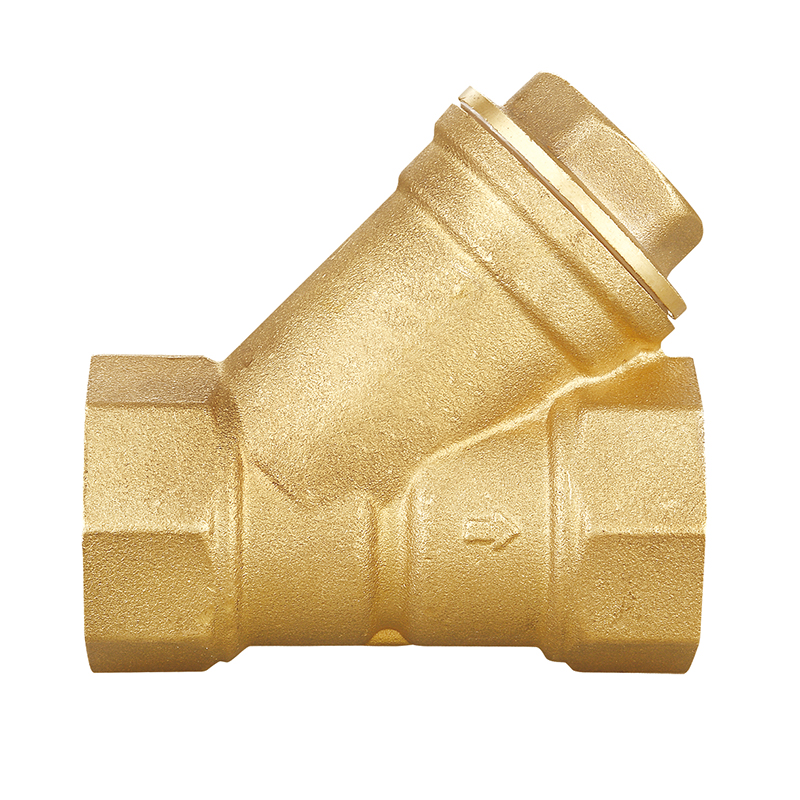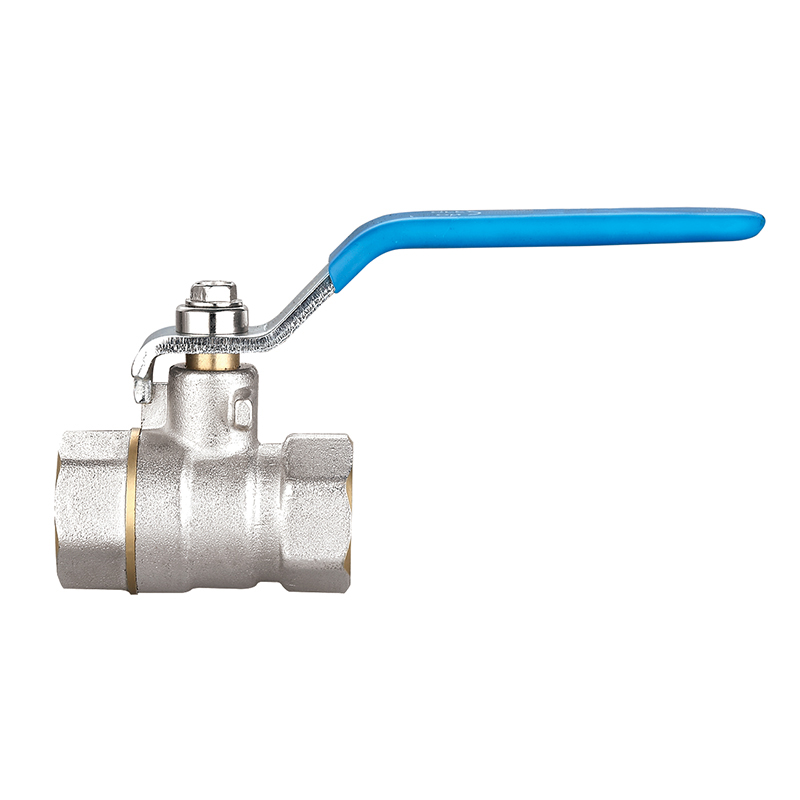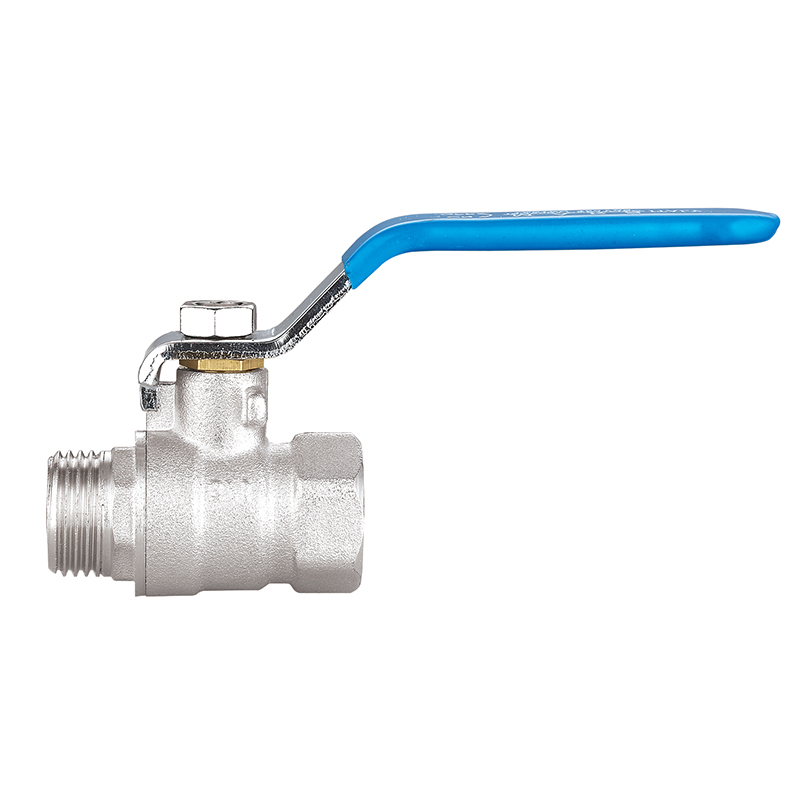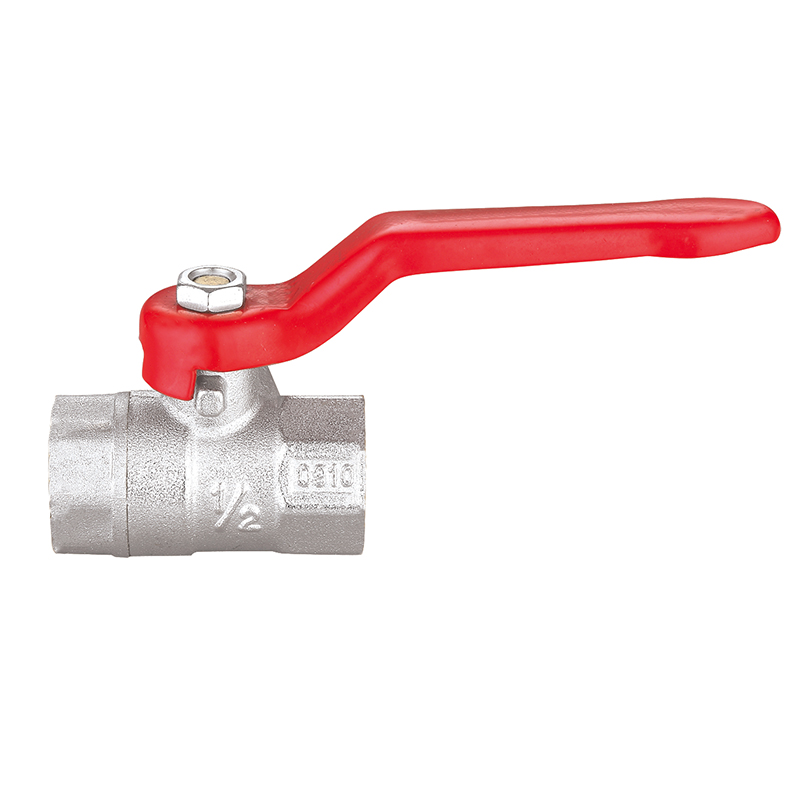Streamlining System Efficiency: The Growing Importance of Y Strainers in Industrial Fluid Management
2025-07-11
In industrial fluid systems, where reliability and operational continuity are paramount, the role of filtration and debris control cannot be overstated. Among the many devices used to protect pipelines and sensitive equipment, the Y strainer has established itself as a crucial component, offering an effective solution for removing unwanted solids from liquids, gases, or steam flows.
As industries worldwide face increasing pressures to optimize performance while downtime and maintenance costs, Y strainers are gaining renewed attention. Their unique design, adaptability, and ease of service make them a favored choice across a broad range of applications—from chemical processing and power generation to HVAC systems and municipal water treatment.
What Sets Y Strainers Apart?
The defining feature of a Y strainer lies in its angled body design, which resembles the letter “Y.” This configuration allows fluid to flow smoothly through the strainer basket, while debris is trapped efficiently without causing excessive flow resistance. Positioned inline with piping, Y strainers offer continuous filtration and prevent contaminants from damaging downstream equipment such as pumps, valves, heat exchangers, and meters.
One of the advantages of Y strainers is their easy access for cleaning and maintenance. By incorporating a removable screen or mesh basket, operators can swiftly remove accumulated particles without dismantling the entire system, thereby reducing downtime and labor costs. This convenience is a significant factor driving the popularity of Y strainers in systems where regular cleaning is necessary.
Application Versatility Across Industries
Y strainers are widely utilized in various industrial sectors due to their flexibility in handling different fluids and operating conditions. In oil and gas plants, they help protect expensive pumps and compressors from particulate damage. In chemical manufacturing, strainers are essential to ensure process purity and prevent clogging in sensitive equipment.

In the HVAC industry, Y strainers are commonly used to filter debris from chilled water and steam lines, improving system efficiency and reducing maintenance requirements. Meanwhile, municipal water treatment facilities employ Y strainers to remove sediments and suspended solids, safeguarding infrastructure and ensuring water quality.
Agricultural irrigation systems also benefit from Y strainers, as they prevent clogging in sprinklers and drip emitters caused by sand, silt, or organic debris.
Importance of Mesh Size Selection
A critical factor in the effective operation of a Y strainer is the selection of the appropriate mesh size for the strainer basket. The mesh size determines the smallest particle size that can be filtered out of the fluid stream.
Choosing a mesh that is too coarse may allow harmful debris to pass through, risking damage to downstream equipment. Conversely, a mesh that is too fine can lead to rapid clogging, causing pressure drops and reducing system efficiency. Proper mesh size selection requires careful consideration of the fluid characteristics, the types of particles expected, and the acceptable pressure loss within the system.
Enhancing System Performance Through Regular Maintenance
The efficiency and reliability of a Y strainer depend heavily on regular inspection and cleaning. Accumulated debris increases flow resistance, which can lead to pressure drop, increased energy consumption, and potential damage to pumps and other equipment.
Operators are encouraged to develop maintenance schedules based on operating conditions and fluid quality. Some advanced systems incorporate differential pressure gauges that provide real-time feedback on the strainer’s condition, signaling when cleaning is necessary.
In addition, some manufacturers offer automated self-cleaning strainers, which use backflushing or mechanical raking to clear debris without interrupting system operation. These innovations are gaining popularity in continuous-process industries where downtime is costly.
Material and Design Innovations
Y strainers are manufactured from various materials—including cast iron, stainless steel, bronze, and specialized alloys—to suit different fluids and environments. Material selection is key to ensuring corrosion resistance, mechanical strength, and longevity.
Recent design improvements focus on pressure drop by optimizing fluid flow paths within the strainer body. Computational fluid dynamics (CFD) simulations assist engineers in refining designs that maintain filtration efficiency without compromising flow rates.
Moreover, manufacturers are expanding their product lines to include strainers rated for high pressure and high temperature applications, making Y strainers viable for demanding petrochemical and power plant environments.
Whether you want to become our partner or need our professional guidance or support in product selections and problem solutions, our experts are always ready to help within 12 hours globally.




 русский
русский Español
Español عربى
عربى





